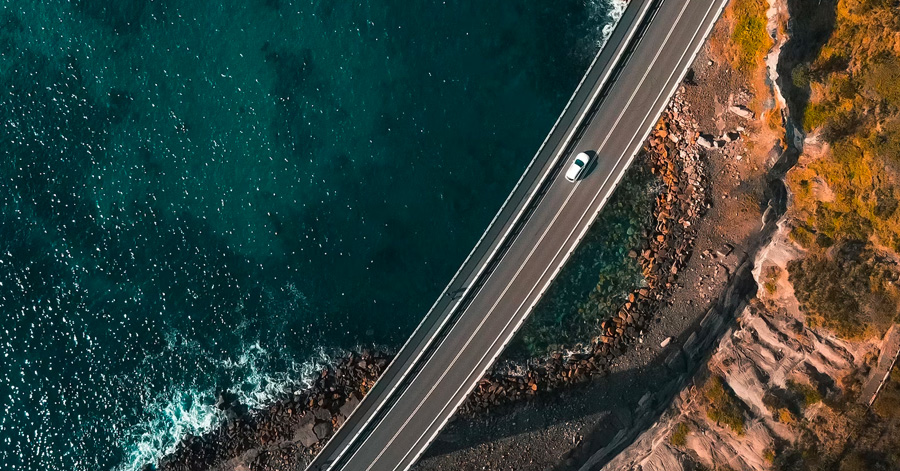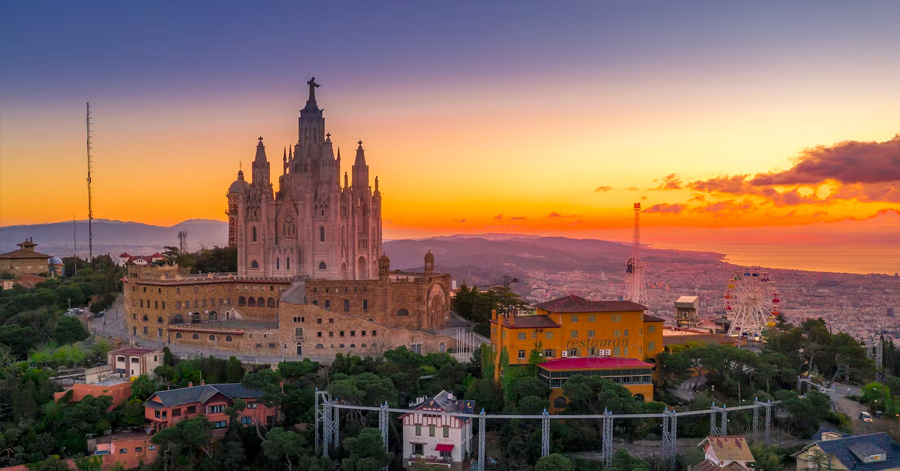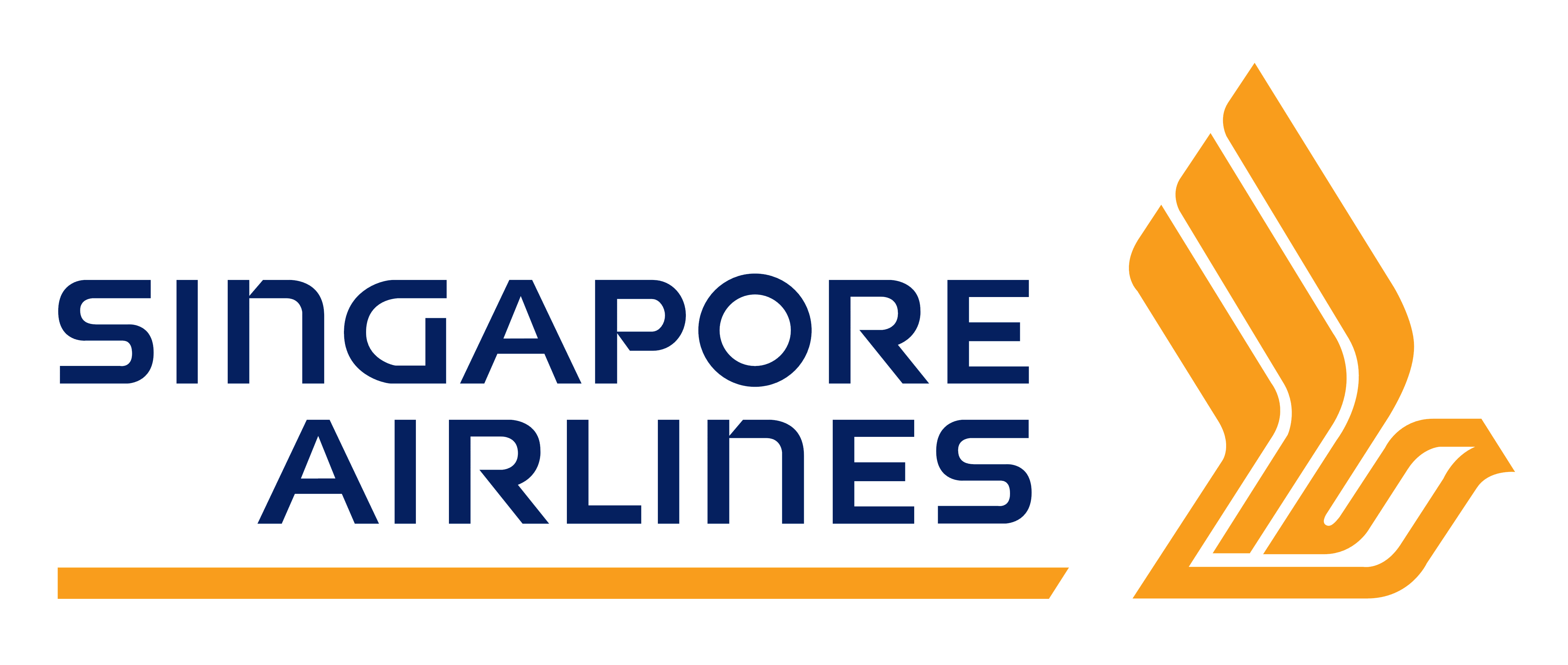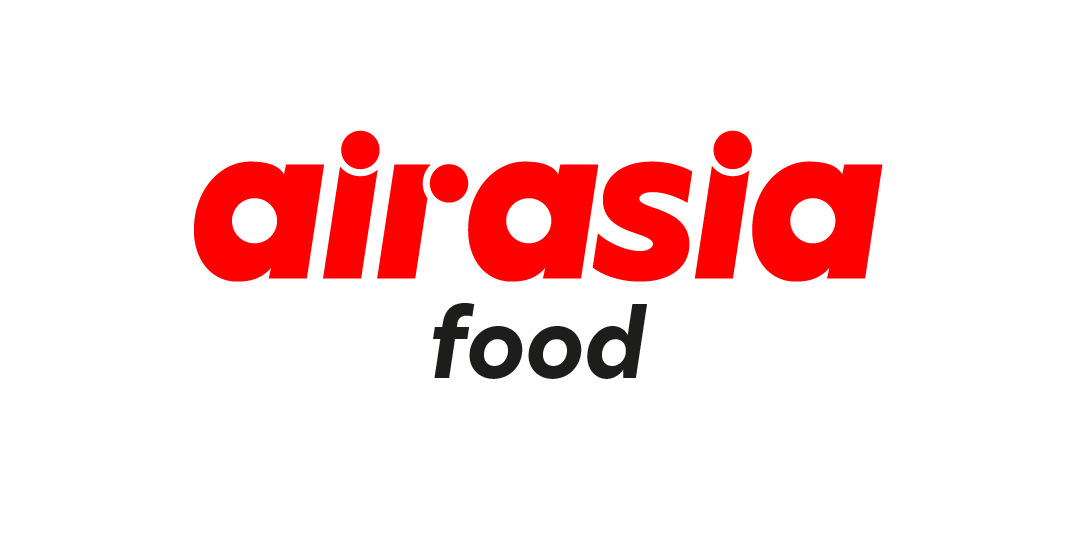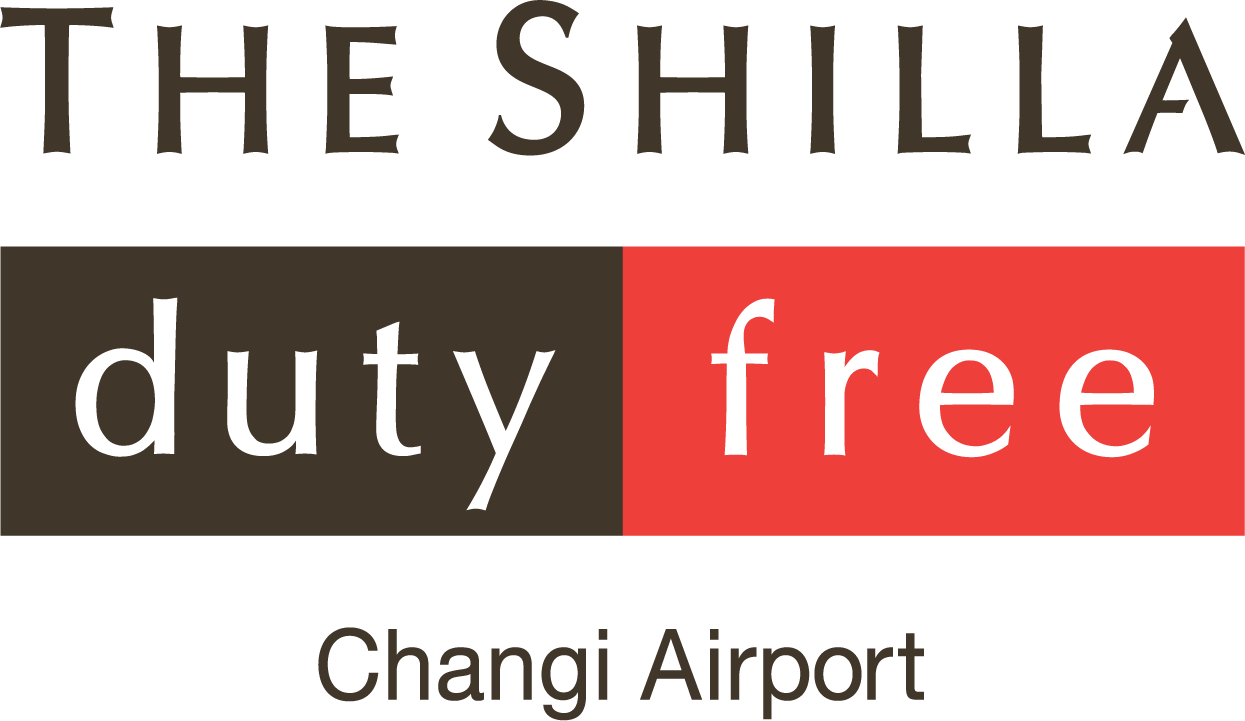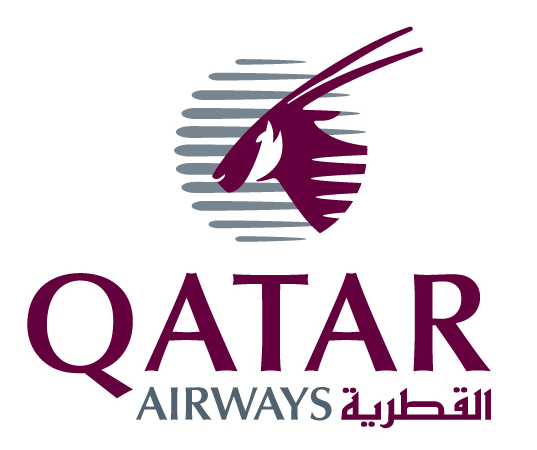The future of air travel remains unclear, but we can expect more expensive airfares, social distancing on airplanes, various health declarations and more.
These past few months have been rough. If you’re reading this, you’re probably one of the many travellers who have had to cancel their travel plans (and consequently, looked up our flight, hotel, and insurance COVID-19 cancellation guides). The only worse feeling than having your travel plans cancelled is having to sit at home and think about what your trip could have been, much like an unrequited love.
Guides to Resuming International Travel:
#1: Which Country Can I Travel to Now?
#2: Which Airlines Are Resuming Flights?
#3: Future of Air Travel After COVID-19
#4: When Can We Travel Again: 2023 Forecast
#5: Immunity Passports to Resume Travel
#6: Can Singaporeans Travel to Brunei & New Zealand?
#7: How Airlines Are Wooing You Back Onboard
#8: Post-COVID-19 Travel Habits
#9: How Tech & AI Are Helping to Reignite Tourism
#10: Singapore-Hong Kong Travel Bubble Guide
#11: Everything You Need To Know About Singapore’s COVID-19 Vaccinations
#12: Travel Corridor vs Travel Bubble: Everything To Know About Flying
Fortunately, Singapore and many other countries seem to have flattened the curve based on the World Economic Forum’s live, logarithm COVID-19 cases chart, and are looking to reopen their economy as quickly as possible.
The aviation industry is one of the major contributors to Singapore economic success, accounting for about 12% of Singapore’s GDP or about US$36.6 (~S$51.2) billion in GDP, and it’s imperative that this industry resumes business. The aviation industry generates money, people can go back their jobs, and most importantly, you can go back to travelling!
However, for the industry to go back to “business as usual”, things have to change – especially for you, the intrepid traveller. Here’s what you can expect for air travel in a post-COVID-19 world:
💰 Getting Used To Expensive Airfares In The Long Run
The Chief Economist from the International Air Transport Association (IATA), Brian Pearce, estimates that flight tickets would cost 43% to 54% higher from previous prices. Before that happens, you can expect cheaper airfares when flights start to resume, because airlines will utilise the current low fuel prices and overcapacity of seats to stimulate demand.
However, with in-flight social distancing policies in place, this naturally creates less seats than before. And in order to break even when selling fewer seats in the long run, airlines would have to increase the airfares gradually.
How does social distancing work onboard, you ask? Blocking the middle seat in Economy class, of course – but so far it’s been all over the place. American Airlines, Delta Airlines, and United Airlines have all come under fire for supposedly enforcing the “blocked middle seat” rule on their booking page, but passengers report that the actual flight itself have them sitting in the middle seat. Yikes…
📝 More Paperwork for Everyone but Make It Digital… and Immunity Passport?
Connor Sidehill, 25, had just graduated from an Australian university and was due to serve his internship in Laos at the start of 2020. Unfortunately for him (and no doubt, many of you who found yourselves in a similar situation), it all but dissolved because of the nosey work of the coronavirus. In late February 2020 when he evacuated Laos and headed back to Australia, he was faced with so much paperwork – be it at the airport, immigration customs, and even on the plane itself.
“We were waiting for them to confirm what was happening for like, 30 minutes before we got off,” said Connor. “Then we were handed declaration papers immediately after exiting the plane where we filled in our information – where we would be quarantining, contact numbers, and agreeing we wouldn’t leave. [We] had to give that to immigration, before we were allowed out.”
He described more paperwork on the plane: “There was a head lady checking people. Other staff went around to certain passengers and reported back to her.” This staff, donned in full personal protective equipment (PPE), was presumably the one giving the green light to whether the flight can take off based on the well-being of all passengers.
Feeza Jasmani, 26 and newlywed, was trying to frolic with her hubby and family in New Zealand in March 2020, but as always, coronavirus gotta ruin it. “During our transit in Australia, they informed us about the self-quarantine for travellers and asked us if we still wanted to proceed. At the New Zealand customs, they instructed us to self-isolate during our stay. So most of the time our Airbnb host will check with us and detail what time we [will] arrive, when are we going back, and how long is our stay.”
Much like Connor, Feeza faced the same set of procedures. “When we arrived, we needed to fill in their declaration form, [and] they took our temperature, those kind of standard procedure.”
Of course, all of this was just before the coronavirus practically caused the entire world to shut down. However, these measures will still be in place, albeit less stringent, according to the recommendations of the World Health Organisation (WHO) and IATA.
Of particular interest is the “Immunity Passport”, which IATA believes that this could play an important role in further facilitating the restart of air travel. According to IATA, if a passenger could be documented as having recovered from COVID-19 and thus as being immune, they wouldn’t need protective measures such as face cover and temperature checks during the travel process.
However, medical evidence regarding COVID-19 immunity is still inconclusive, so immunity passports won’t be implemented as of yet. We can only hope for the possibility of an immunity passport until a “recognised global standard” is introduced and corresponding documents can be made available electronically.
This is obviously a lot of paperwork for everyone involved, and it only makes sense from a time and efficiency perspective to digitise it. IATA has outlined a roadmap to implement all of the above mentioned measures, but airports and their managements have to follow through on it. With wildly different standards across airports worldwide, who’s to say this paperwork would be as efficient as it could be?
😷 Extra Hygiene & Sanitation Practice Onboard Flights
Ashiqin Suhaimi, 25, has been a flight attendant since May 2015. Throughout her career in the skies, she has never quite seen the change of weather on the scale of this caused by the coronavirus. On her last flight from San Francisco to Singapore in March 2020, she recalled that there was “a lighter load than usual”.
“We as flight crew must wear masks and gloves during flights. Our passengers were even more concerned about cleanliness, so they sanitised their seat areas thoroughly too.”
It’s not just airline passengers doing a whole Naomi Campbell wipedown – airlines are enabling it too. Ashiqin says that there are no more hot towels, but instead there will be “wet wipes with every cutlery set”. Whether you use it to sanitise your cutlery or your seat is up to you, but make sure you won’t be bumping into your seat neighbours if you choose the latter.
When asked about the safety measures that IATA outlined above, she agreed that it’d be less stringent than it would be before, but it’d be foolish to forgo it completely. As an added measure of safety, Ashiqin said that her airline requires its flight crew to collect safety goggles to use in-flight, in addition to wearing masks and gloves.
⛅️ The Skies Will Be Bluer and Brighter but…
I’m sure many of us can’t wait to travel again, and all I can say is samesies. I don’t know about you, but for myself, I wouldn’t even think twice about dropping 43 to 54 percent more money for an airline ticket because I’m so mindlessly bored at home and in Singapore, that I just want to get out of here!
For us to start travelling again however, we’ll have to adapt to these necessary measures. These are all implemented for good reason and the best we can do as travellers is to be patient and be kind to everyone involved.
How about you? Do you look forward to the future state of air travel, or do you think it’s all too bleak? Let us know in the comments below or drop us a line at content@you.co!
Read: Which Airlines Are Resuming Flights?
Read: Which Country Can I Travel to Now?
Read: Budget Holiday Plans Gone Wrong
Read: 4 Haunted Hotels in Asia & Their Horror Stories
Read: Muji Hotel All You Need to Know: 9 Room Types, Prices and More
Enjoy overseas payment with no fees worldwide!





